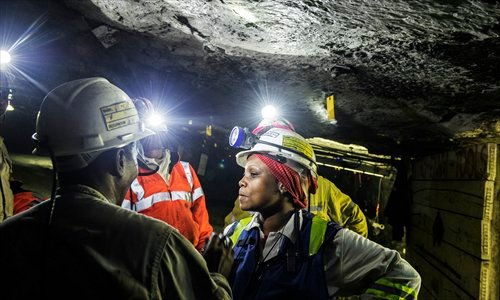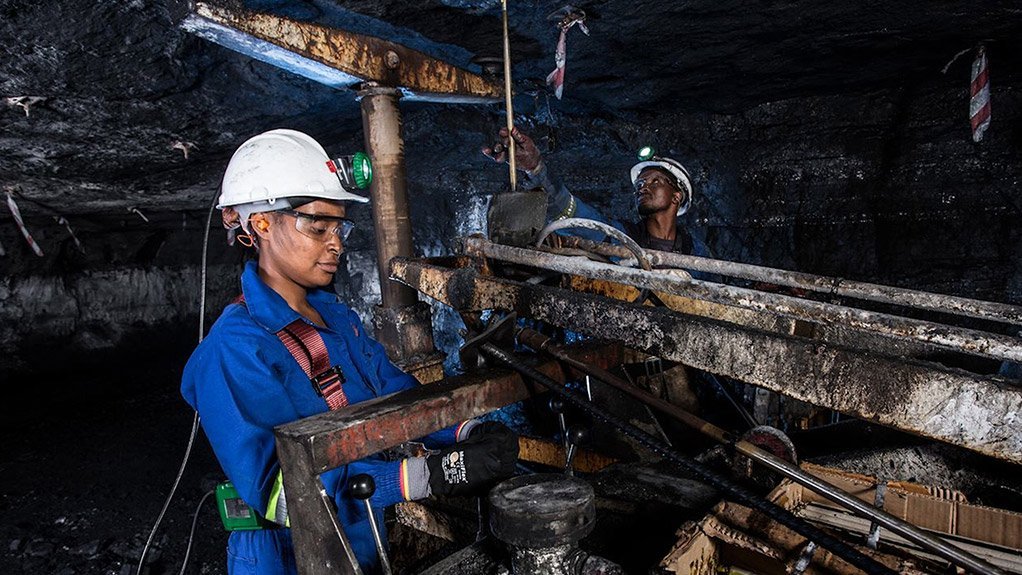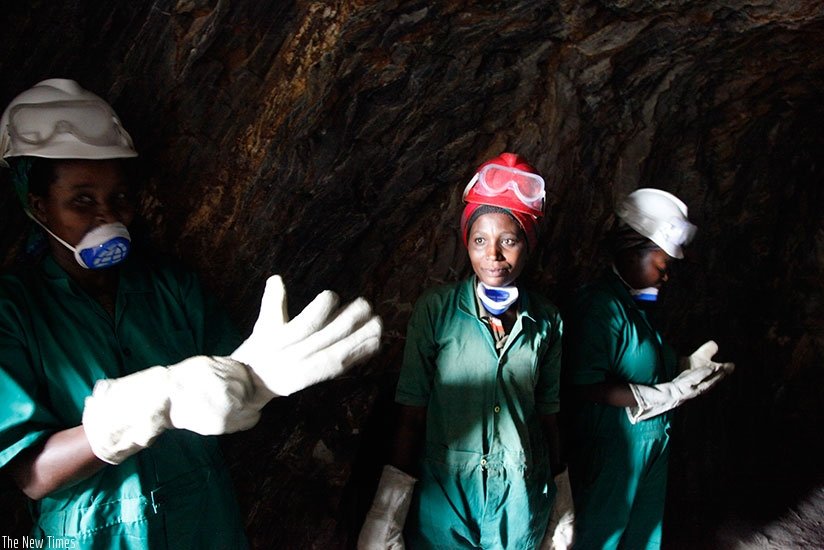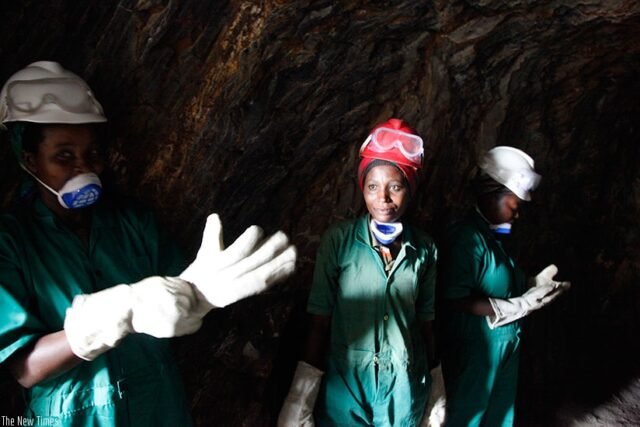In many parts of West Africa, the mining sector has traditionally been male-dominated, with large corporations and male small-scale miners receiving the majority of attention, licenses and financial support. But beneath the radar, women are quietly staking their claims—literally—through micro-leases: small mining concessions or mining rights that are leased out at lower cost, often allowing individuals or small groups to extract minerals on a smaller scale. These women are changing perceptions, challenging norms and carving out space for economic independence in communities where opportunities are limited.
Despite the lack of wide media coverage, these women miners are real players. They negotiate micro-leases, sometimes for gold, sometimes for gemstones or other minerals. Many have come to mining later in life, often after family work or in response to economic hardship. Some have succeeded in registering small leases, securing equipment, and employing teams. Others struggle with access: to finance, to legal knowledge, to markets, and to safety equipment. Their stories are often unrecorded, their challenges many, but also their courage and strategising extraordinary.

Table of Contents
Barriers, Biases and the Daily Grind
Running a mining micro-lease is no easy task, and for women, the challenges are magnified. First, there is the problem of finance. Micro-leases, though cheaper than large concessions, still require capital: for tools, equipment, licences, proof of ownership, workforce, transport, and sometimes safety gear. Many women find banks reluctant to lend, or terms too unfavourable. Grants and soft loans are rare and hard to access without networks or prior experience.
Second, there is regulatory and institutional opacity. Licensing processes across West Africa are often complex, poorly structured, or influenced by local politics. Women often lack the legal or bureaucratic knowledge to navigate these channels, or are excluded by informal practices favouring men, elites, or those with connections. Awareness of rights, of environmental regulations, and of the risks (legal, health, social) is uneven.
Third, cultural expectations and gender norms weigh heavily. Mining is often viewed as dirty, dangerous, and male work. Women face both subtle and direct discrimination—doubts about their capability, restrictions on physical labour or access to certain equipment, and social stigma. In places, even owning or supervising a mine can invite suspicion or resistance from family or community.
Finally, safety and health risks loom large. Without proper equipment, women working on small leases are frequently exposed to toxic substances like mercury, poorly ventilated sites, unsafe shafts, heavy lifting, and a lack of hygiene. Such risks are not well-regulated or enforced in many micro-leases, so the individual must often bear them.

Stories of Success, Resilience and Innovation
But in the midst of obstacles, there are inspiring stories, practical innovations, and hopeful trends. Women miners are forming cooperatives to pool resources, share equipment, hire jointly, and improve negotiating power. These cooperative models allow individual women to access micro-leases that would be out of reach alone, and to reduce risk through shared ownership and community oversight.
Some organisations, NGOs and networks are stepping in: training women in geological surveying, in legal rights, in business management; offering soft grants or micro-finance tailored for mining female entrepreneurs; helping provide safety gear. Although many such programmes focus on artisanal and small-scale mining, few specifically address micro-leases, so there is an opportunity for growth.
Also, some women are leveraging innovations in technology and local value addition. For example, using mobile phones for market price information, mapping software for site assessment, or processing small amounts of ore locally rather than selling raw ore, which adds value. Local networks—of other women miners, local leaders, and civil society—are essential in sharing knowledge of best practices, pooling risk and pushing for policy reforms.
There are also high-profile trailblazers: in neighbouring countries, some women have acquired official licenses or leases, run mining teams, hired geologists, done environmental impact studies, and become visible in industry events—even though many of their peers remain little known.
What Must Change: Policy, Access, and Equity
To bring this untold story into full light, and to make micro-leases a viable path for more women in West Africa, systemic change is needed.
- Policy reforms and simpler licensing: Governments must simplify licensing for micro-leases, make fee structures transparent, reduce bureaucratic delays, remove gendered barriers, and provide clear legal protection. Special provisions or quotas for women could help level the field.
- Access to finance and equipment: Financial institutions and development partners should design financial products tuned to small-scale women miners: low-interest loans, micro-leasing of equipment, grants, or subsidies for safety gear. Access to collective equipment pools can reduce individual investment burdens.
- Training, mentorship and legal support: Targeted training programmes in geology, mining science, safety, environmental protection, and business skills are essential. Legal advisory services could help women understand their rights, lease contracts, environmental laws, and dispute resolution.
- Strengthened networks and cooperatives: Encouraging women to form cooperatives, local networks and associations (e.g., Women in Mining groups) which can amplify voice, share best practice, negotiate better terms, and provide peer support.
- Awareness and social change: Community education to challenge gender stereotypes; awareness of the role of women in mining; highlighting success stories; and ensuring safer, more equitable working environments to reduce harassment and discrimination.

Conclusion
The story of women running mining micro-leases in West Africa is one of untapped potential. It is a story of resilience, of women pushing against obstacles of finance, tradition, regulation and risk. Though far from easy, their progress holds promise—not just for those women themselves, but for their communities, their countries, and the region’s mining sector.
If policymakers, financiers, NGOs, and communities pivot to supporting these micro-lease women miners—through fairer policies, better access, safer working conditions, and recognition—the impact could be transformative. As yet, much of this struggle remains untold. But it deserves to be heard.
Join Our Social Media Channels:
WhatsApp: NaijaEyes
Facebook: NaijaEyes
Twitter: NaijaEyes
Instagram: NaijaEyes
TikTok: NaijaEyes





